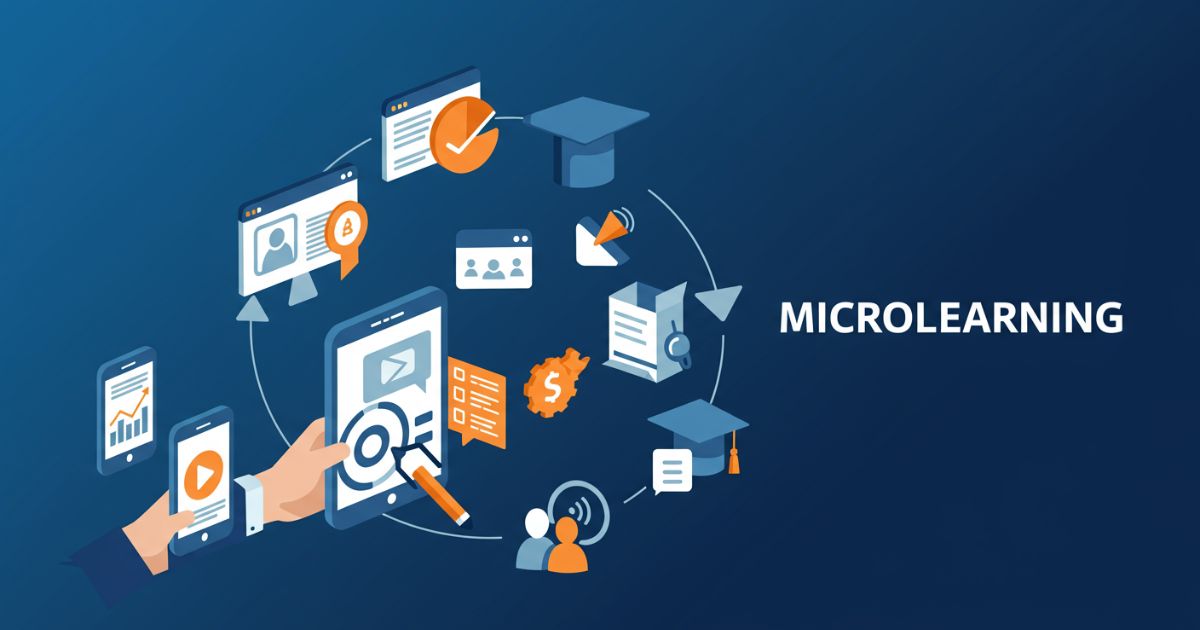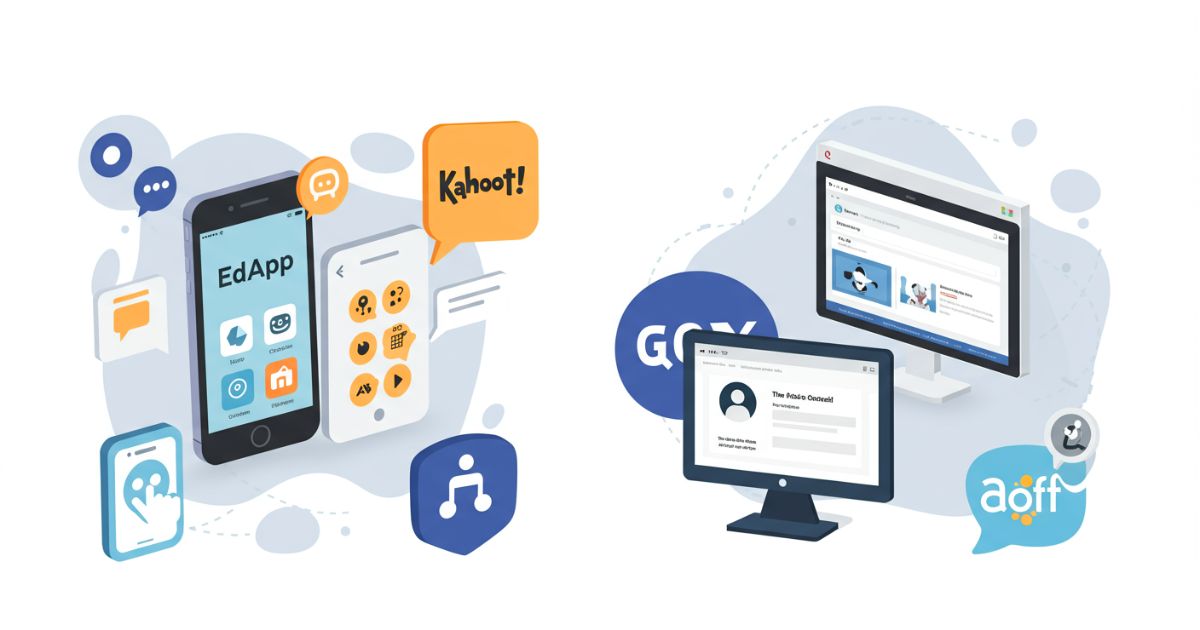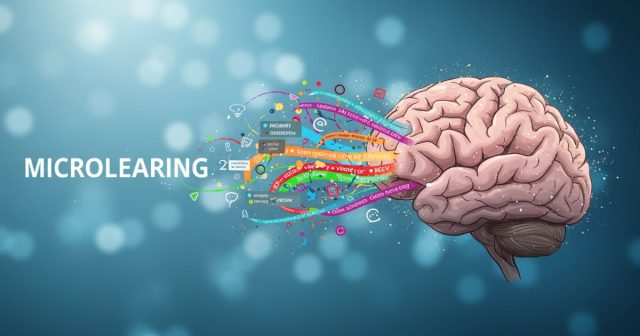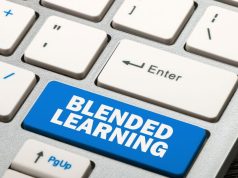In today’s fast-paced environment, learners balance busy schedules, diverse responsibilities, and limited attention spans. Microlearning offers a solution by delivering short, focused lessons that address specific learning objectives in just a few minutes. By breaking down complex topics into manageable units, microlearning promotes higher retention, immediate application, and greater learner engagement.
This comprehensive guide explores the fundamentals of microlearning, the benefits it offers, and practical strategies to implement bite-sized education effectively.
What Is Microlearning?
Microlearning refers to an instructional approach that provides content in small, targeted chunks designed to meet a specific learning outcome. Each micro-lesson typically ranges from 2 to 10 minutes, focusing on a single concept or skill. This approach aligns with cognitive theory by reducing cognitive overload and reinforcing knowledge through repetition. Microlearning can take various forms, including short videos, infographics, quizzes, and interactive modules, and is often delivered via mobile devices, learning management systems, or email.

Key Benefits of Microlearning
- Higher Knowledge Retention: Short, focused lessons help learners concentrate on essential information, improving long-term memory retention.
- Flexibility and Accessibility: Mobile-friendly micro-courses enable learning anytime, anywhere, fitting into busy schedules and remote environments.
- Increased Engagement: Interactive elements like quizzes, simulations, and gamified content make learning more dynamic and enjoyable.
Top Strategies for Effective Microlearning
Successful microlearning requires careful planning and execution. Use the following strategies to design impactful bite-sized learning experiences:
- Define Clear Objectives: Start each micro-lesson with a specific learning goal. Clearly communicate what learners will achieve by the end of the module to set expectations and maintain focus.
- Leverage Multimedia Formats: Combine videos, audio clips, infographics, and animations to cater to different learning styles. Multimedia elements keep content fresh and engaging.
- Incorporate Interactive Elements: Use quizzes, drag-and-drop activities, and branching scenarios to reinforce learning and provide instant feedback. Interactivity increases learner involvement and knowledge application.
- Optimize for Mobile Devices: Design lessons with responsive layouts and fast-loading media. Ensure content is accessible on smartphones and tablets for on-the-go learning.
- Include Spaced Repetition: Schedule follow-up micro-sessions to revisit key concepts, strengthen memory, and build mastery over time. Spaced repetition combats the forgetting curve.
Implementing Microlearning Across Learning Environments
Microlearning can be adapted to various educational settings:
- K-12 Classrooms: Integrate micro-activities into daily lessons to reinforce core subjects, such as math drills or vocabulary flashcards. Use short videos to introduce new concepts before hands-on practice.
- Higher Education: Supplement lectures with micro-modules that review critical theories or case studies. Encourage students to complete microlearning tasks before class to promote flipped classroom discussions.
- Corporate Training: Deploy micro-courses for compliance training, software tutorials, or sales techniques. Regular micro-updates keep employees informed on product changes and company policies.
Best Practices and Tips
- Chunk Content Logically: Group related information into discrete modules that build progressively. Avoid overwhelming learners with unrelated details in a single lesson.
- Maintain Consistent Branding: Use a cohesive visual style, tone, and format across all micro-lesson materials to enhance recognition and trust.
- Measure Performance: Track completion rates, quiz scores, and time spent on each module. Analyze data to identify knowledge gaps and refine content.
- Solicit Learner Feedback: Encourage users to rate micro-lesson effectiveness and suggest improvements. Iterate based on their input to maintain relevance and quality.
Top Microlearning Tools and Platforms

- EdApp: A mobile-first microlearning platform with built-in gamification and spaced repetition features for corporate and educational use.
- Kahoot!: An interactive quiz platform that transforms assessments into game-based micro-sessions to boost motivation.
- TalentLMS: A scalable learning management system that supports micro-courses, multimedia content, and detailed analytics.
- Axonify: A specialized microlearning solution focused on workforce training, reinforcement, and performance support in frontline operations.
Measuring Microlearning Success
To ensure your microlearning initiatives deliver results, focus on key performance metrics:
- Completion Rates: The percentage of learners who finish each micro-lesson indicates engagement and content relevance.
- Assessment Scores: Quiz and test results reflect knowledge acquisition and retention.
- Time on Task: Monitoring how long learners spend on modules helps optimize content length and complexity.
- Student or Employee Feedback: Qualitative feedback highlights areas for improvement and uncovers learner preferences.
Future Trends in Microlearning
As technology evolves, microlearning will continue to innovate through AI-driven personalization, augmented and virtual reality experiences, and advanced analytics. These emerging trends promise to make learning even more adaptive, immersive, and data-driven, empowering educators and trainers to deliver truly tailored experiences.
Conclusion
Microlearning offers a flexible, engaging, and effective approach to modern education. By applying clear objectives, multimedia design, interactivity, and data-driven refinement, you can create powerful bite-sized lessons that support personalized learning and cater to each learner’s needs. Using adaptive platforms, short modules, interactive quizzes, and progress tracking helps learners stay engaged, retain knowledge, and achieve better outcomes. Start small, gather feedback, and scale your microlearning program to unlock continuous improvement and sustained learning results.
Get Started Today
Ready to transform your learning strategy? Choose a microlearning tool, outline your first module, and engage learners with bite-sized content that delivers results. Share your experiences and insights to help others leverage the power of microlearning.







